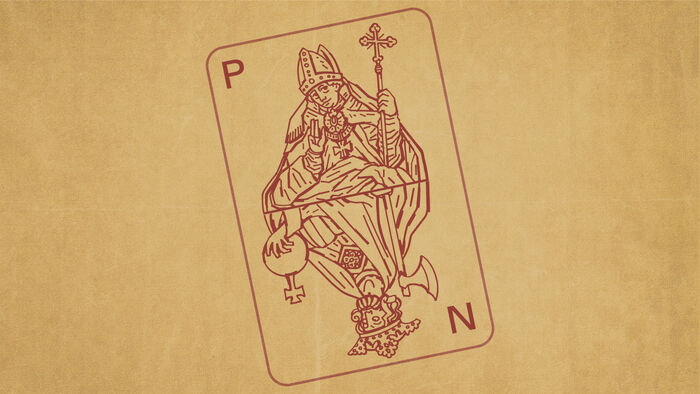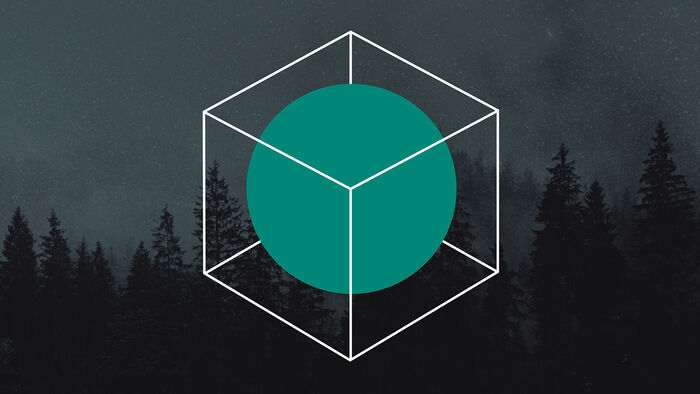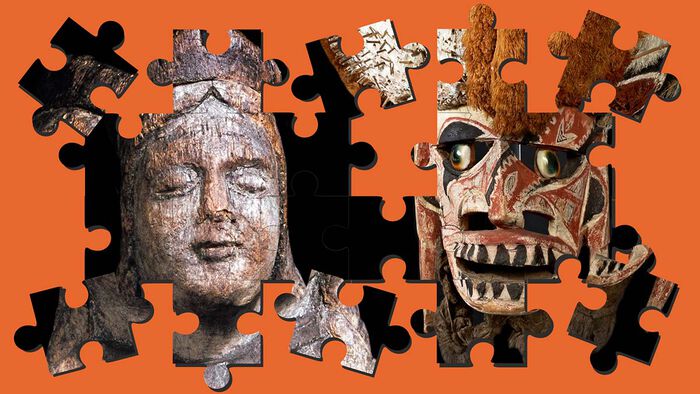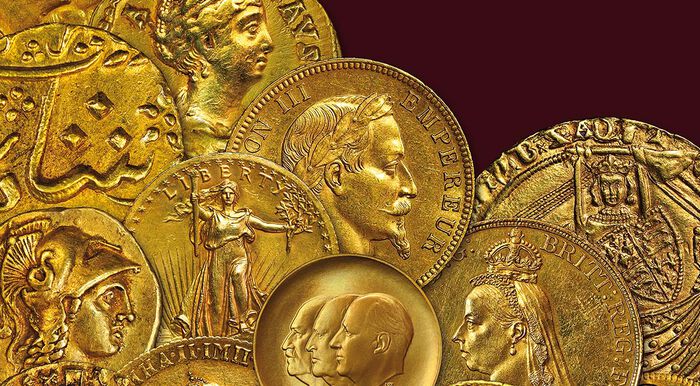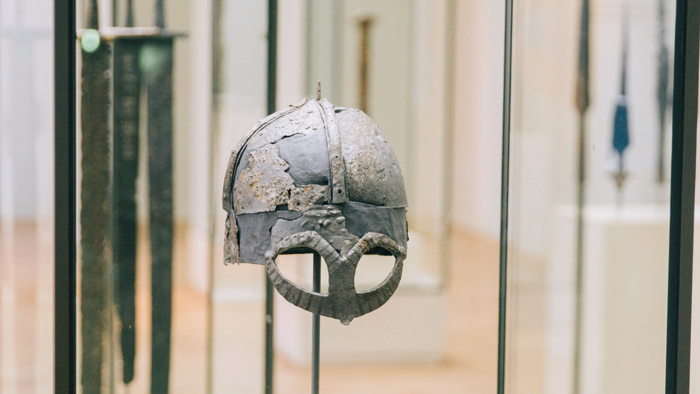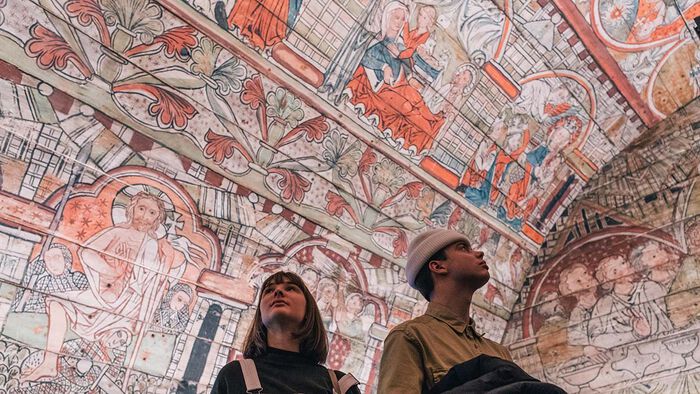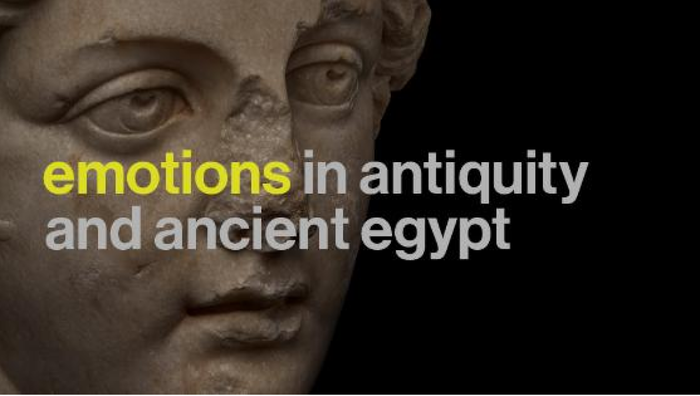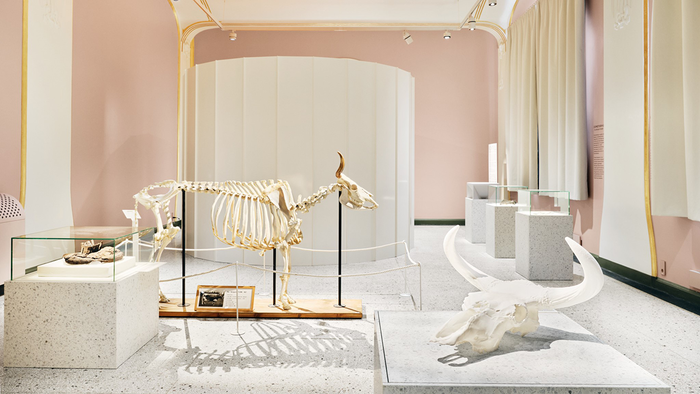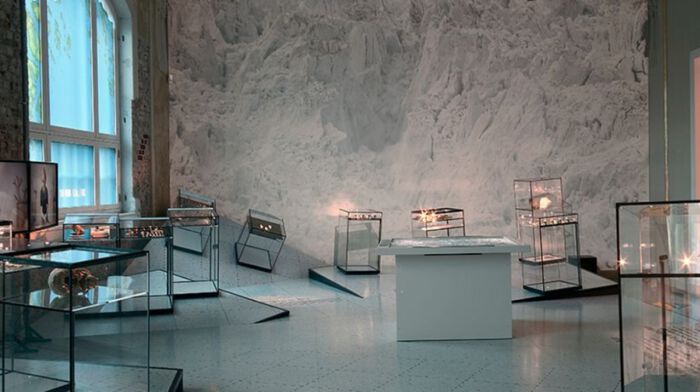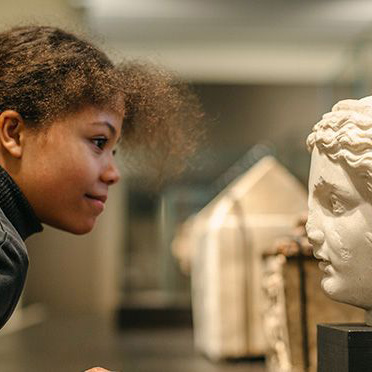Amundsen meets the Netsilik
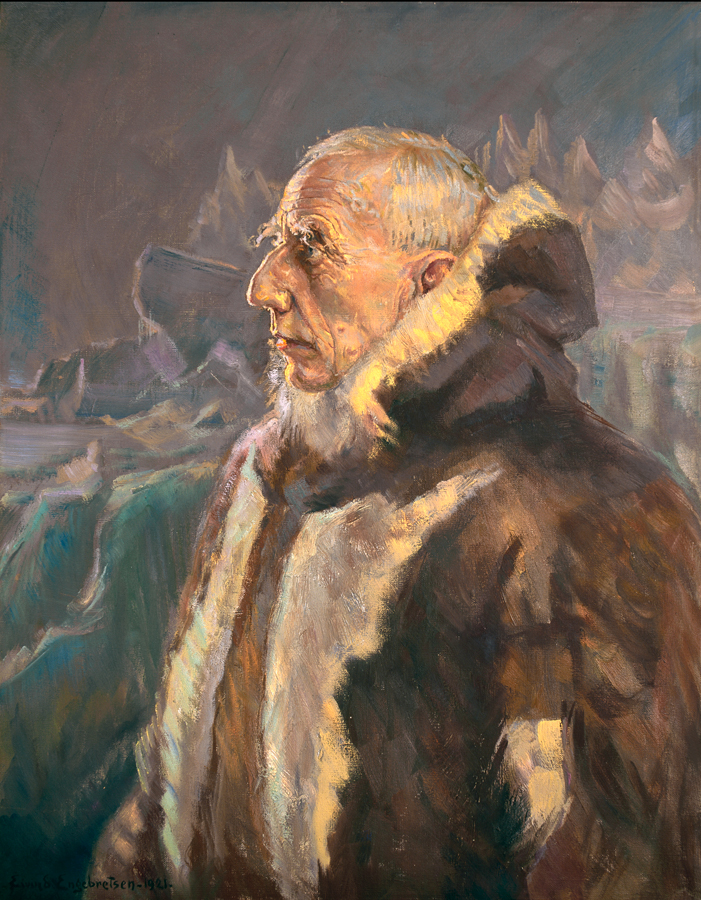
On October 29th 1903 Amundsen and his men make their first observation of Inuit in Gjoa Haven.
Amundsen’s ship Gjoa entered “the finest little harbour in the world” on September 12th. They name the bay, on the south east- ern coast of King William Island “Gjoa Haven”. The ship is frozen in and Amundsen settles in for the winter. The measuring station is set up to establish the position of the North Magnetic Pole. Amundsen is prepared for a long stay, planning to spend at least one winter here. After this, he plans to continue on to conquer the Northwest Passage.
Amundsen and two members of his crew arm themselves with rifles and go out to meet the Inuit. They are very apprehensive about the kind of reception they will receive. As it turns out, the Inuit laugh, wave and are warmly welcoming. Amundsen invites them on board the Gjoa. This marks the start of a friendship that will last the whole 22 months Amundsen spent at Gjoa Haven.
The Netsilik meet Amundsen
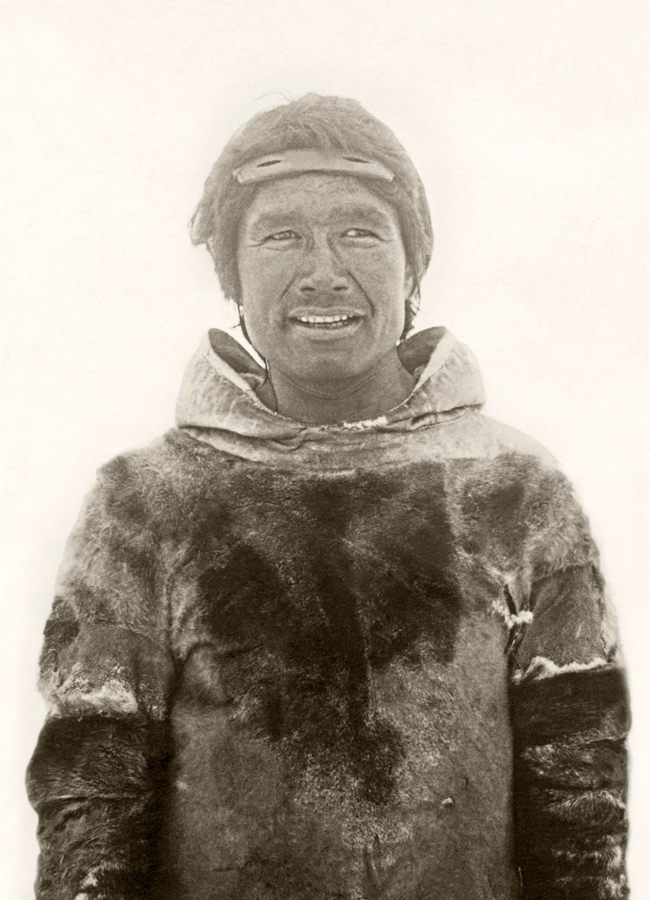
This happened when we Inuit still moved with the seasons. In the winter, we hunted seals on the ice. In the summer and autumn, we fished and hunted inland.
One day in autumn a man named Taraajuk was hunting by the Koko lakes. He noticed blood in the snow and found the head and legs of a slaughtered caribou. The boot prints in the snow were not made by kamiks. Taraajuk followed the boot tracks. From a hilltop above Uqsuqtuuq, place of plenty blubber, he saw a great big thing floating on the ice. It was a ship.
Taraajuk asked the angakok (shaman) for advice. The angakok went into a trance. He told Taraajuk that the footprints were made by a quallunaat: someone who does not speak our language. They came from a place further away than any Inuit had ever travelled.
The next day some of the men left for Uqsuqtuuq to greet the quallunaat. The men were hesitant, because they did not know if the quallunaat would be friendly. People came from the ship to meet the men. The quallunaat had lots of hair and smelled funny, but they greeted us with a handshake and seemed happy to meet us.
This is how the Netsilik, the seal people of King William Island, got to know Amusi with the big nose and his men.
The Netsilik and Amundsen in retrospect
Amundsen returned home with a wealth of knowledge and skills he had gained from the Inuit. He also brought a large collection of Inuit clothing and equipment. Some of this was for his own use and some was for museum collections. In exchange, he gave the Inuit metal objects such as knives, spear points and needles.
On December 14th 1911 Amundsen and his men became the first to reach the South Pole. On his return, Amundsen stressed that the knowledge he had gained from the Netsilik Inuit in Gjoa Haven was crucial to his success.
Today, Gjoa Haven is a hamlet of some 1,200 inhabitants in Nunavut, Canada. The general practice in this region is now to use old Inuktitut place names. Gjoa Haven is an exception. Here, people have chosen to keep the name Gjoa Haven - the name that relates to the visit of Amusi with the big nose more than a hundred years ago.
The 900 objects that Amundsen acquired in Gjoa Haven are still in the possession of the Museum of Cultural History in Oslo. They represent the world’s largest and most important collection of Netsilik Inuit artefacts. The time has now come to return some of the objects to Gjoa Haven. There, they will be displayed in a new Centre for Cultural Heritage for the enjoyment of both locals and visitors.
